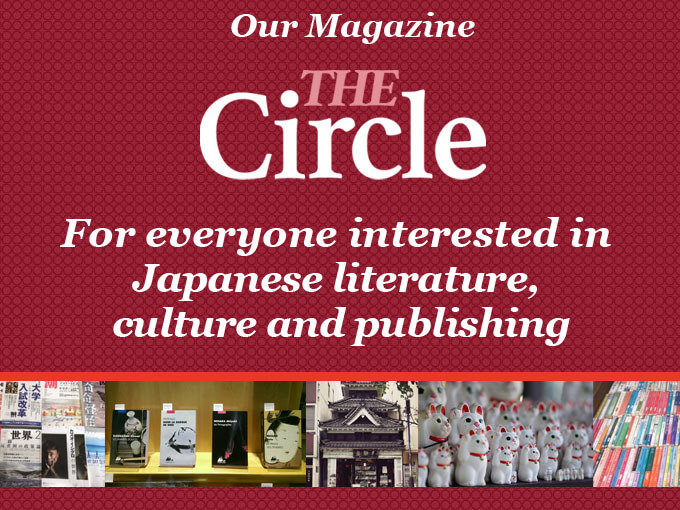For Taisho Japan (1912-1926), an open and at times experimental period in Japanese history, the trendsetting, ‘it’, magazine for the young literary in-crowd was White Birch, Shirakaba (1910-1923), a monthly publication.
The publication and authors such as Naoya Shiga (1883-1971), Saneatsu Mushanokoji (1885-1976) and Takeo Arishima (1878-1923) created a ‘new wave’ of literature in Japan. This literature focused on a rejection of Confucianism and highlighted the inherent conflict between traditional family structures, and the awakening individuality of youth.
The individuals behind White Birch and the movement were mostly from wealthily privileged backgrounds. The narratives and messages generated by White Birch, however, struck a chord with many and were hugely influential amongst writers, artists and intellectuals – some of whom were exposed to Western art, such as German Expressionism and Post-Impressionism, for the first time through the pages of the magazine.
This was the time of so-called ‘modern boys’ and ‘modern girls’, known as mobo and moga. Mostly city dwelling, the boys wore their hair long and dressed in Western clothing while the girls cut their hair short and also dressed in Western style clothing, and both liked to carry Western novels under their arms, and in the case of the boys often Marxist literature.
They were the irrepressible youth of Taisho Japan defined by the conflict with traditions and family. This was a period of newfound individualism, idealism and optimism, when many young people in the cities embraced humanism and individuality, while often outraging and shocking the older generations with their Westernized approaches to life and attitudes.
Blue Stocking, Seito, is another example of an influential magazine of the period, which was in fact actually influenced by White Birch to such an extent that its founders, four feminists, decided to use the same printer when they launched their magazine in 1911.
In fact, from the 1890s onwards hundreds of magazines were launched during a period when literary journals and magazines helped develop, mature and modernise Japanese literature and create a nation of readers.
Nonetheless, these optimistic times, and the publication of White Birch, came to an end after a major earthquake, the Great Kanto Earthquake, struck Tokyo in 1923.
This devastating earthquake that some saw as divine punishment for the new ‘extravagant’ and ‘immoral’ lifestyles, wiped out much of Tokyo killing more than 100,000 people and requiring 200,000 buildings to be rebuilt. It was by all accounts the largest urban disaster of its time.
It was widely believed that it would take Tokyo decades to be returned to its former state. But in actual fact, the city was rebuilt and modernised quickly, ushering in a new and different era, the Showa era (1926-1989).
Despite the demise of some of these early trendsetting literary publications, including Shirakaba, Japan’s literary scene and the nation’s literature has continued to flourish in multitudes of creative forms and formats. And today books by Japanese authors continue to shock and delight readers in Japan and now increasing outside Japan in translation.
© Red Circle Authors Limited

